Enhydro Specimen
$35.00
-
Take a look at this large enhydro quartz specimen with a visible, moving water bubble and a natural mineral sand inclusion. It’s a unique specimen for collectors, display, or educational use.
Description
Size: Approx. 1.75″, 46g
This enhydro specimen is a WYSIWYG.
For those who are unfamiliar with WYSIWYG, it means: What You See Is What You Get. Pieces identified as WYSIWYGs are not a random pull of stones that are similar to the one(s) pictured. Instead, you receive the actual piece that is pictured.
A Little About Enhydro Quartz Specimens
Enhydro quartz is a unique variety of quartz crystal that contains pockets of water or other liquids (even gas) trapped within its structure. These pockets can either contain stationary water or have moving water inside them. The presence of these fluid inclusions is what distinguishes enhydro quartz from regular quartz crystals. To determine if a piece of quartz is an enhydro, one can gently shake the crystal and observe if there is any movement of liquid within the internal cavities. If the liquid inside the crystal moves or shifts, it indicates the presence of an enhydro inclusion. This phenomenon adds an intriguing aspect to the beauty and allure of enhydro quartz specimens.
Stationary water within a quartz crystal can appear as a distinct bubble or liquid inclusion that is trapped within the crystal’s structure. This bubble may have a rounded or irregular shape and can vary in size and clarity. In contrast, other crystal formations within a quartz crystal, such as mineral inclusions or growth patterns, typically exhibit solid and crystalline structures that are integrated into the overall matrix of the crystal. These crystal formations may appear as geometric shapes, lines, or patterns within the quartz crystal, and they are often transparent or translucent like the rest of the crystal. The presence of a stationary water inclusion will stand out due to its fluid nature and the way it appears separate from the solid crystal formations within the quartz specimen.
If you would like to learn more, click this link.
About Quartz
Paraphrased from mindat.org (https://www.mindat.org/min-3337.html):
Quartz is one of the most common minerals on Earth. It occurs in two basic forms: macrocrystalline and cryptocrystalline quartz. Macrocrystalline includes quartz such as clear quartz, smoky quartz, and rose quartz. Cryptocrystalline quartz includes flint, chert, and agate.
Quartz and Piezoelectricity
Many know a bit about quartz, even that it was used in watches and other devices. Why are they used and in what devices?
Piezoelectricity is the ability of certain materials, like quartz, to generate an electric charge in response to applied mechanical stress or pressure. When a quartz crystal is compressed or deformed, it creates a voltage across its surface. This property is utilized in various applications, such as in electronic devices, sensors, and even quartz watches. Not all quartz pieces exhibit piezoelectricity, as it depends on the specific crystal structure and orientation of the quartz. Natural quartz crystals often display piezoelectric properties, while synthetic or heavily processed quartz may not retain this characteristic.
Quartz exhibits piezoelectricity due to its unique crystal structure and specific orientation. The crystal structure of quartz is trigonal, with a hexagonal symmetry. The piezoelectric effect in quartz is most pronounced along the crystal’s c-axis, which is the vertical axis of the hexagonal crystal structure. When mechanical stress is applied perpendicular to this c-axis, quartz crystals generate electric charges. This specific crystal structure and orientation allow quartz to display piezoelectric properties, making it a valuable material in various technological applications.
Quartz is utilized in various applications for its piezoelectric properties. Some common uses include:
Quartz Crystal Oscillators: Quartz crystals are used in electronic devices like watches, clocks, and communication equipment to generate precise and stable frequencies.
Sensors and Transducers: Quartz is employed in sensors and transducers for measuring pressure, acceleration, and vibration due to its ability to convert mechanical stress into electrical signals.
Ultrasound Technology: Quartz crystals are integral components in ultrasound devices for medical imaging, industrial testing, and cleaning applications.
Piezoelectric Actuators: Quartz is used in actuators for precise positioning and movement in devices like inkjet printers, valves, and robotics.
If you like this enhydro specimen, you’ll enjoy our other specimens found here.
Please Note:
- Sizes and weights are approximate. Dimension sizes can vary based on the way the rock is formed. We hand measure our pieces on the longest side. Please see the pictures in the listing.
- The colors may vary due to monitor and lighting differences.
- Please use your own judgment when allowing children to handle.
- Not suggested for use in animal habitats or fish tanks.
Additional information
| Weight | 0.101413 lbs |
|---|
Only logged in customers who have purchased this product may leave a review.

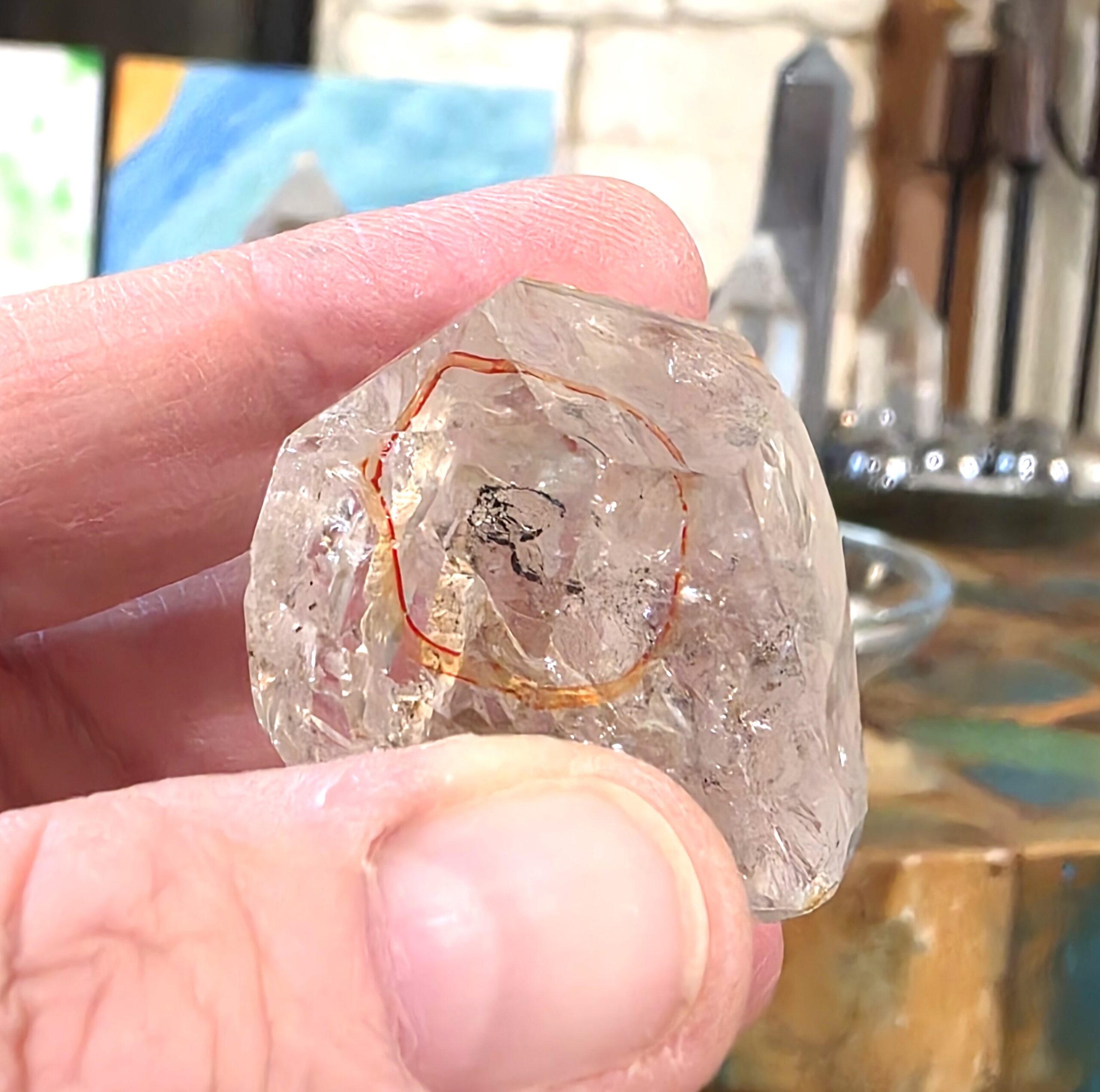
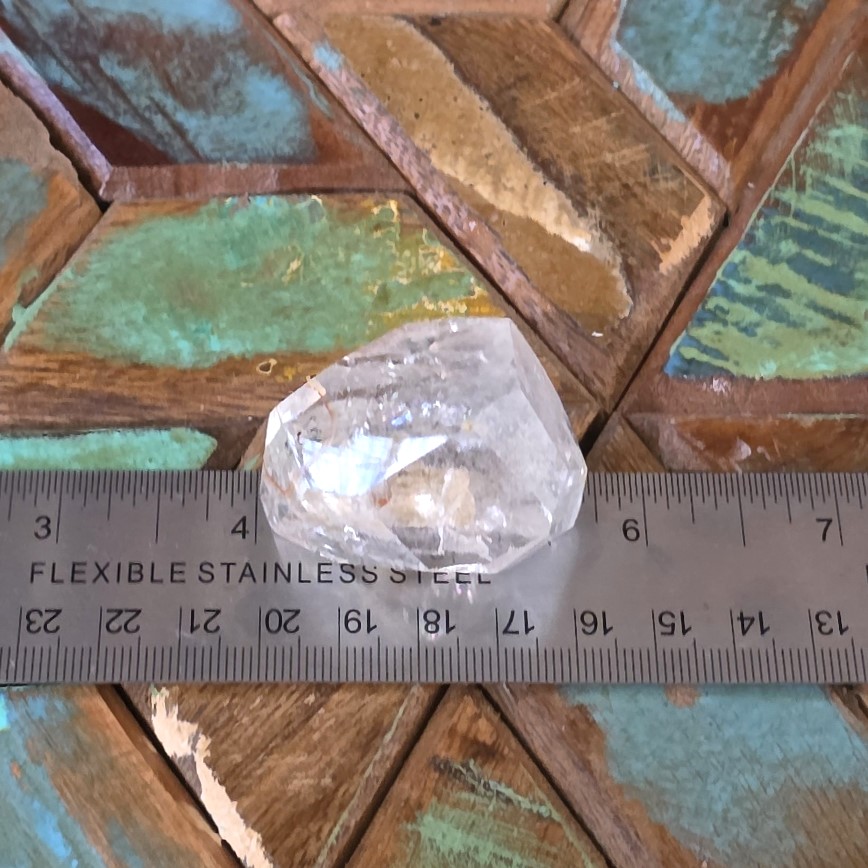
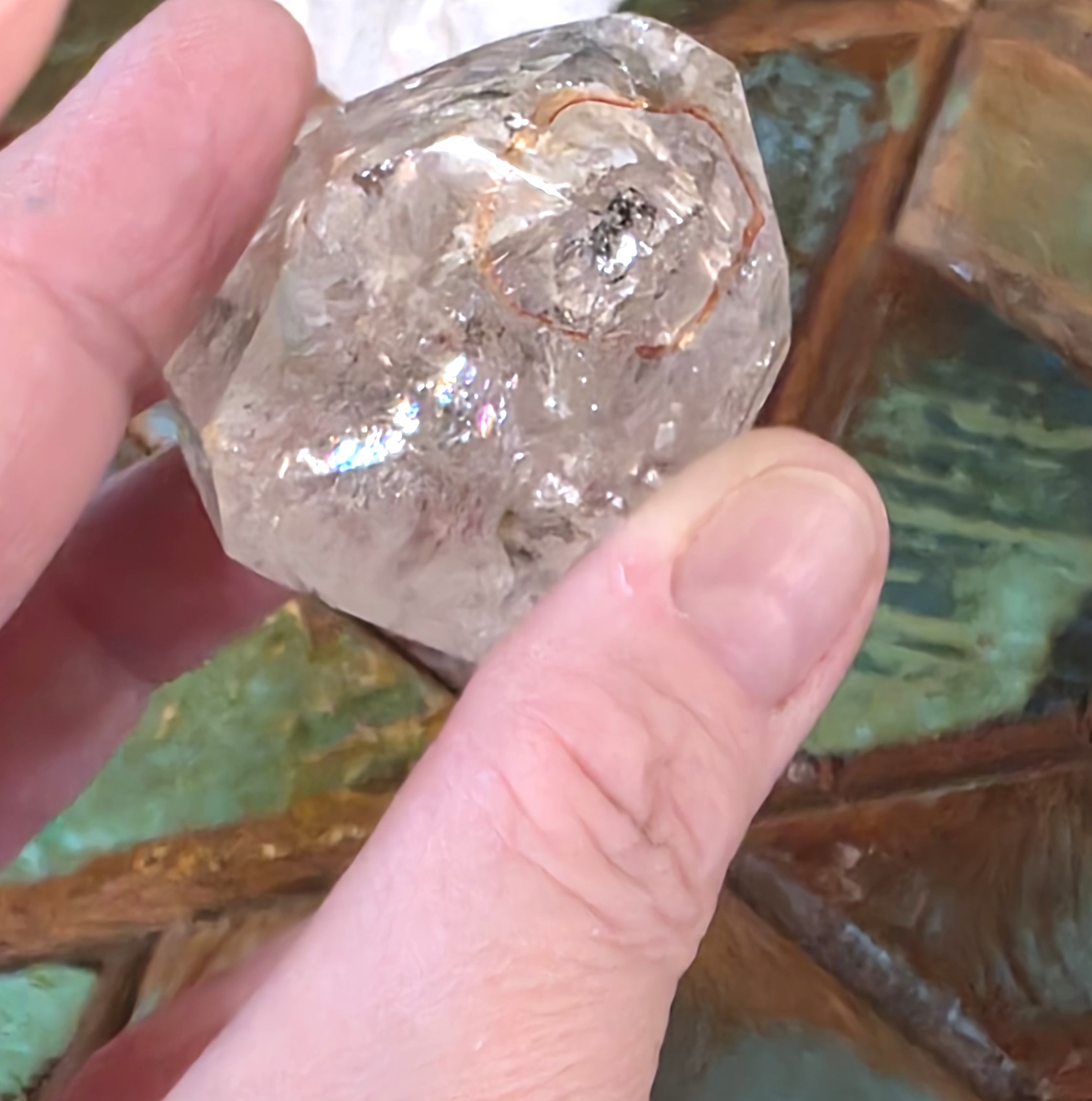
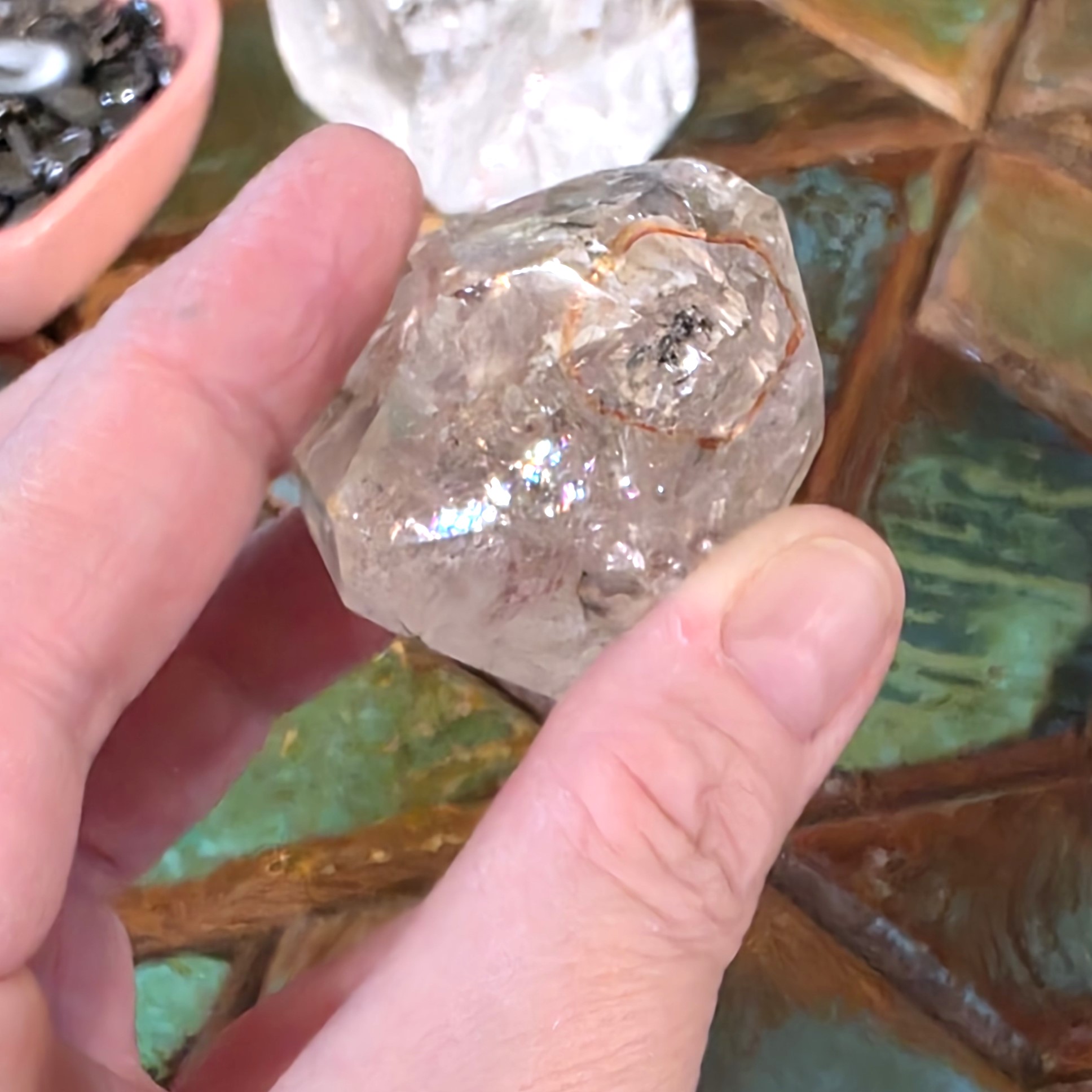
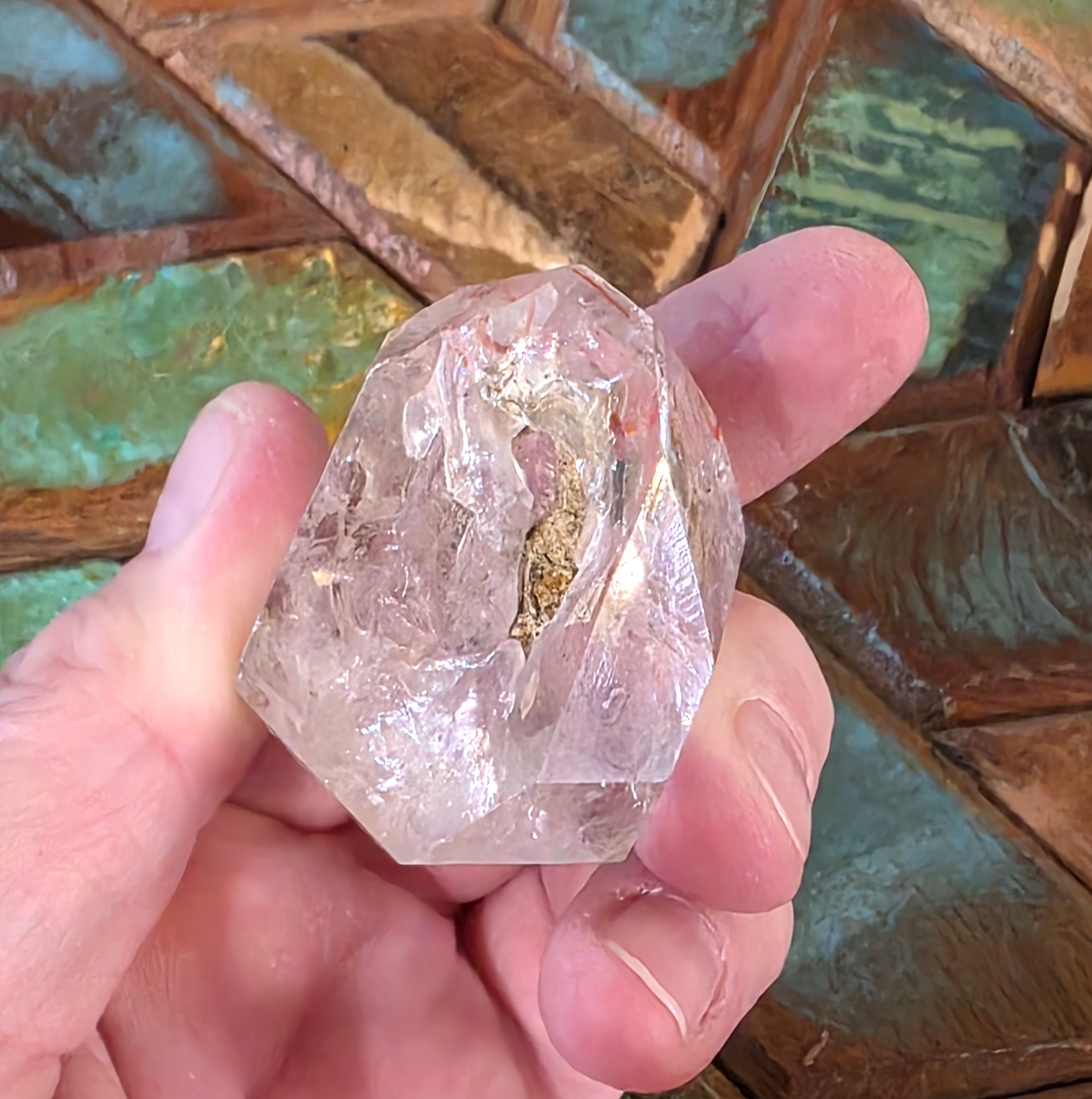
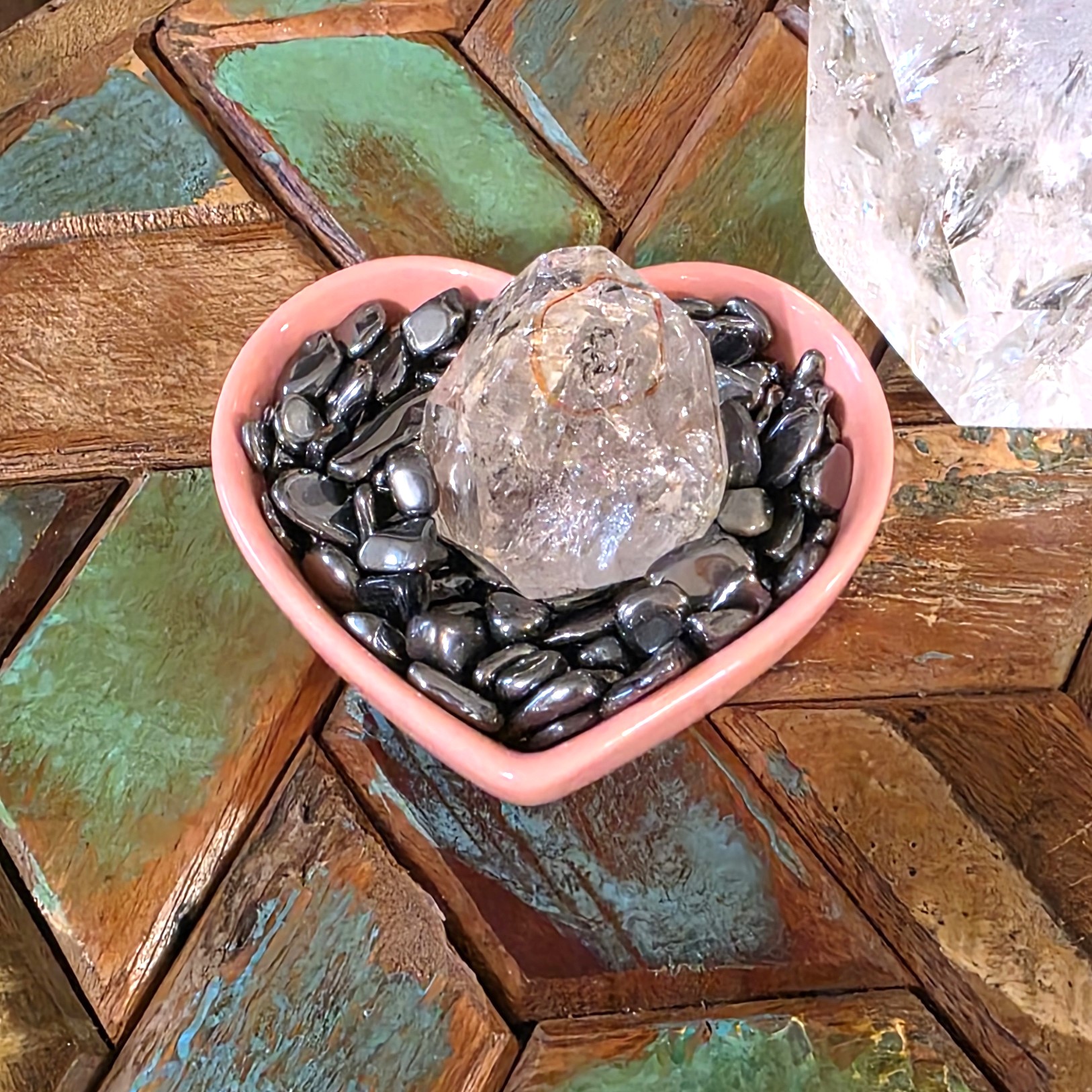
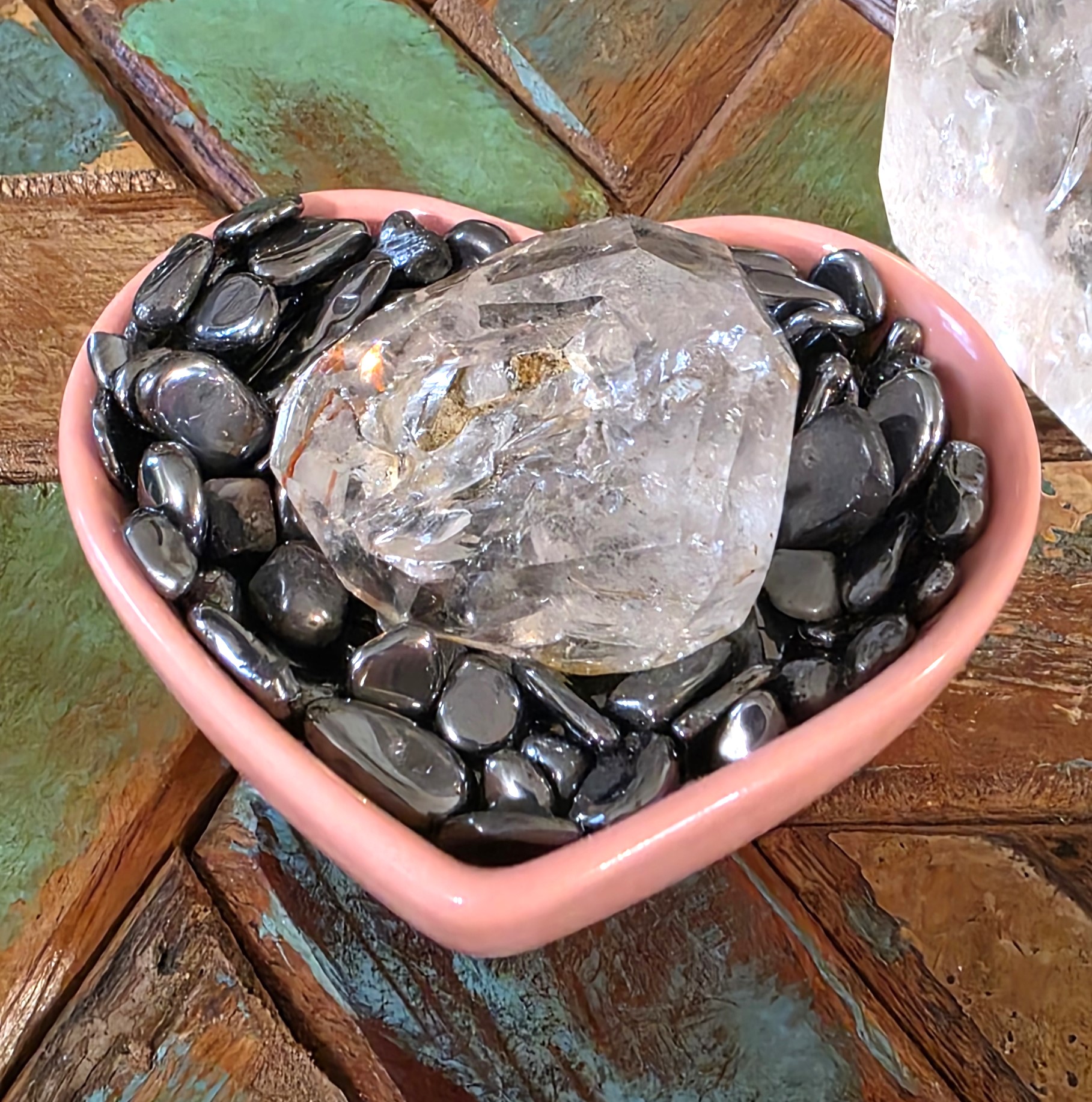
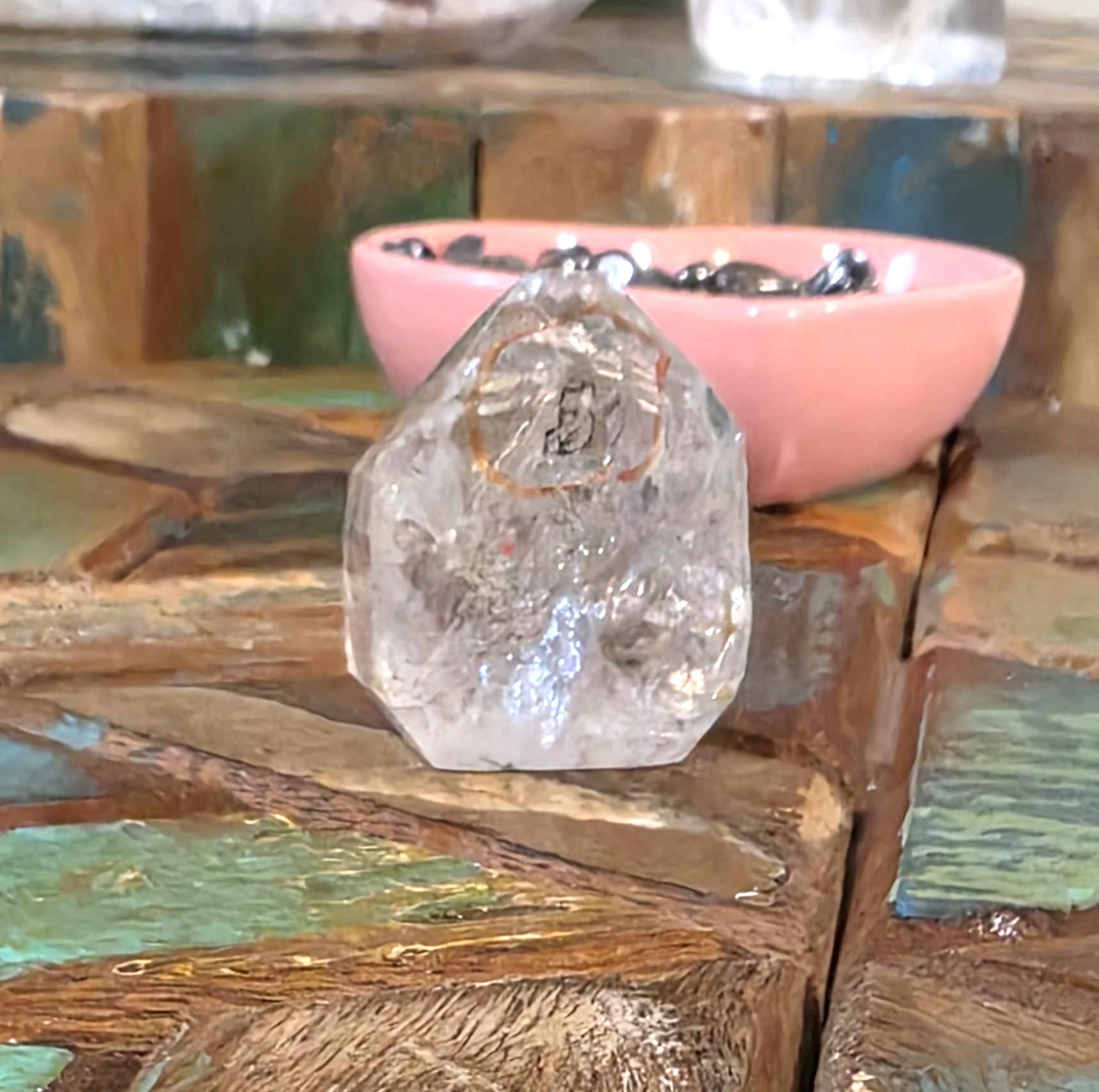
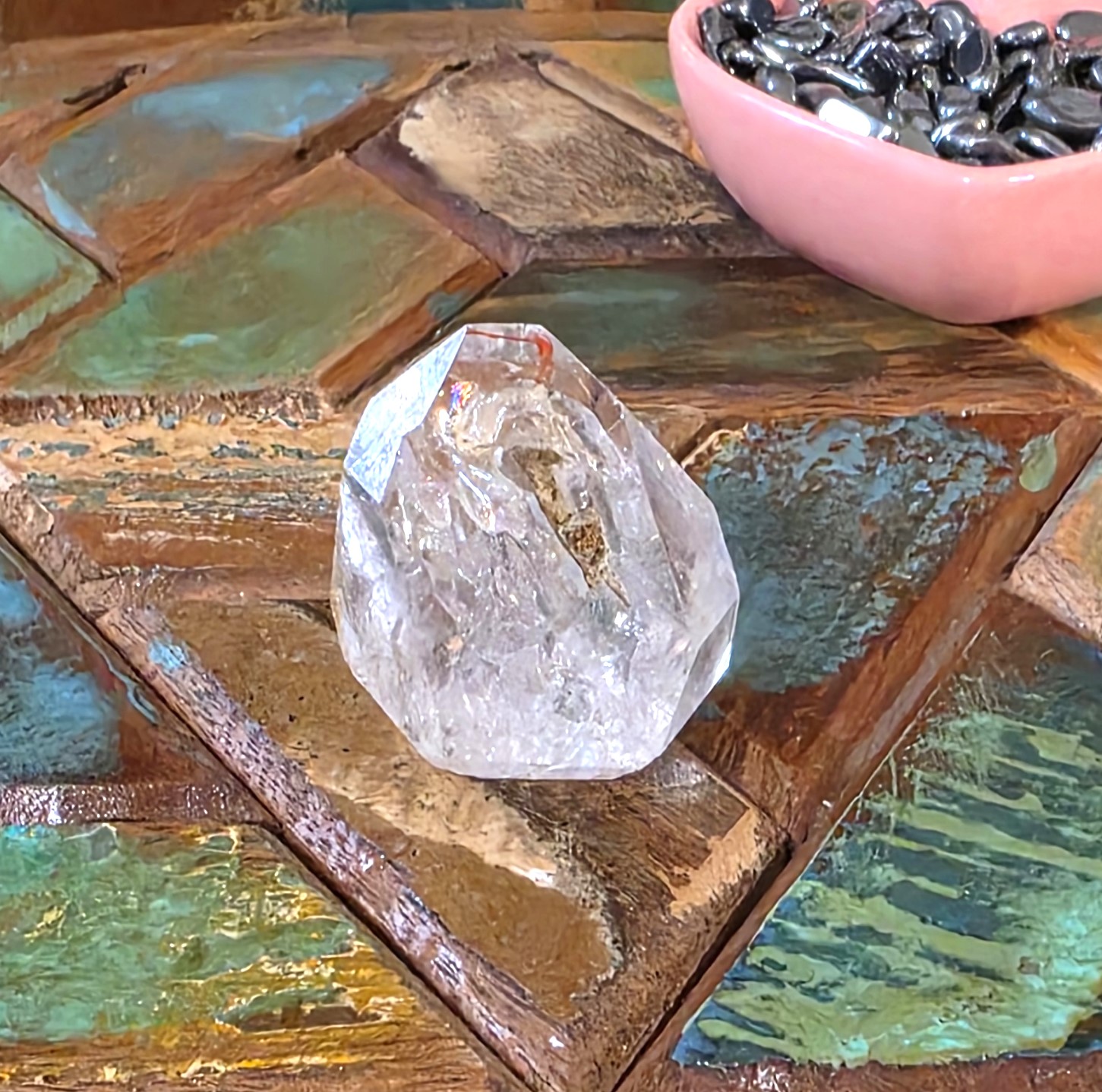
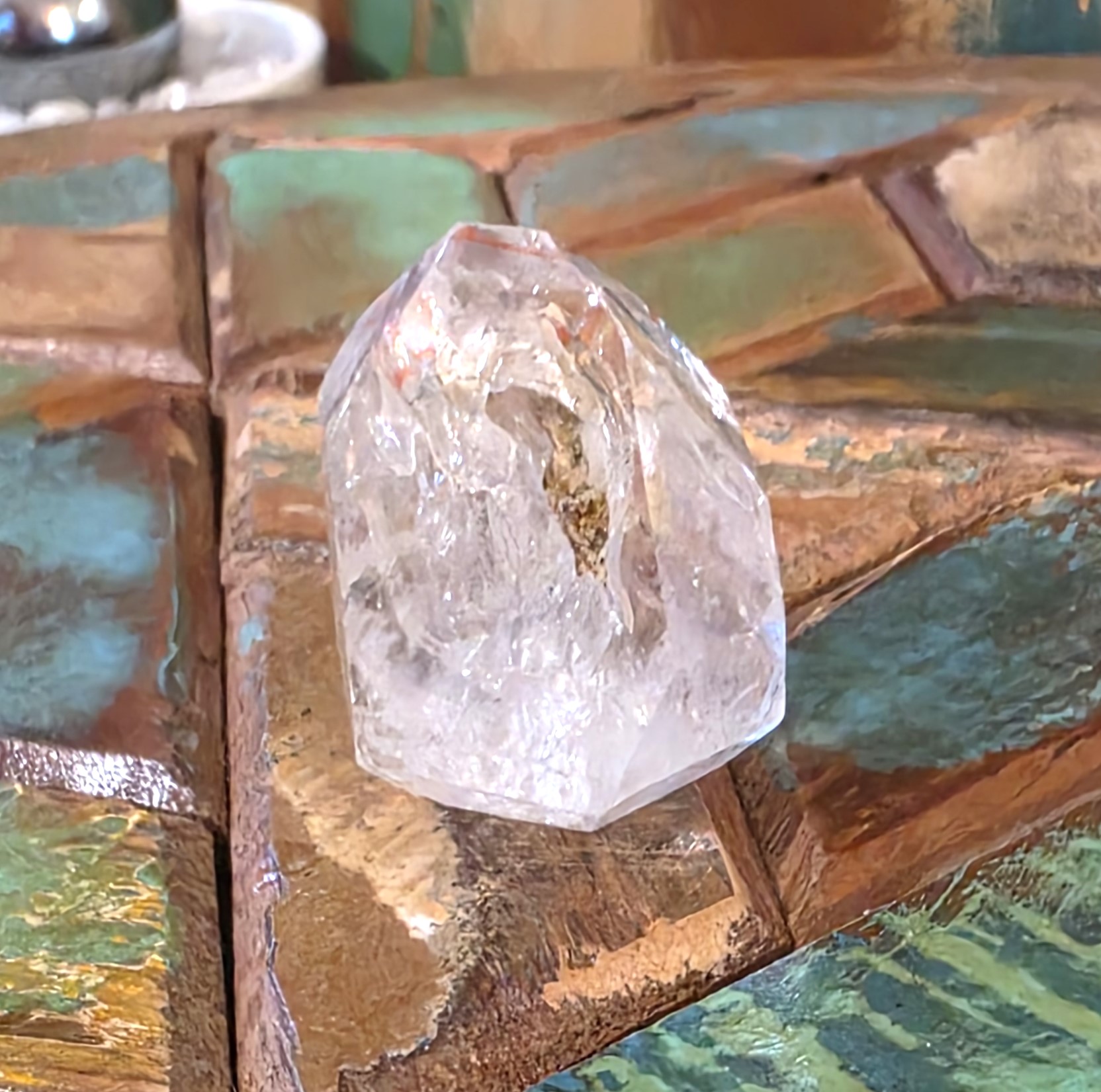
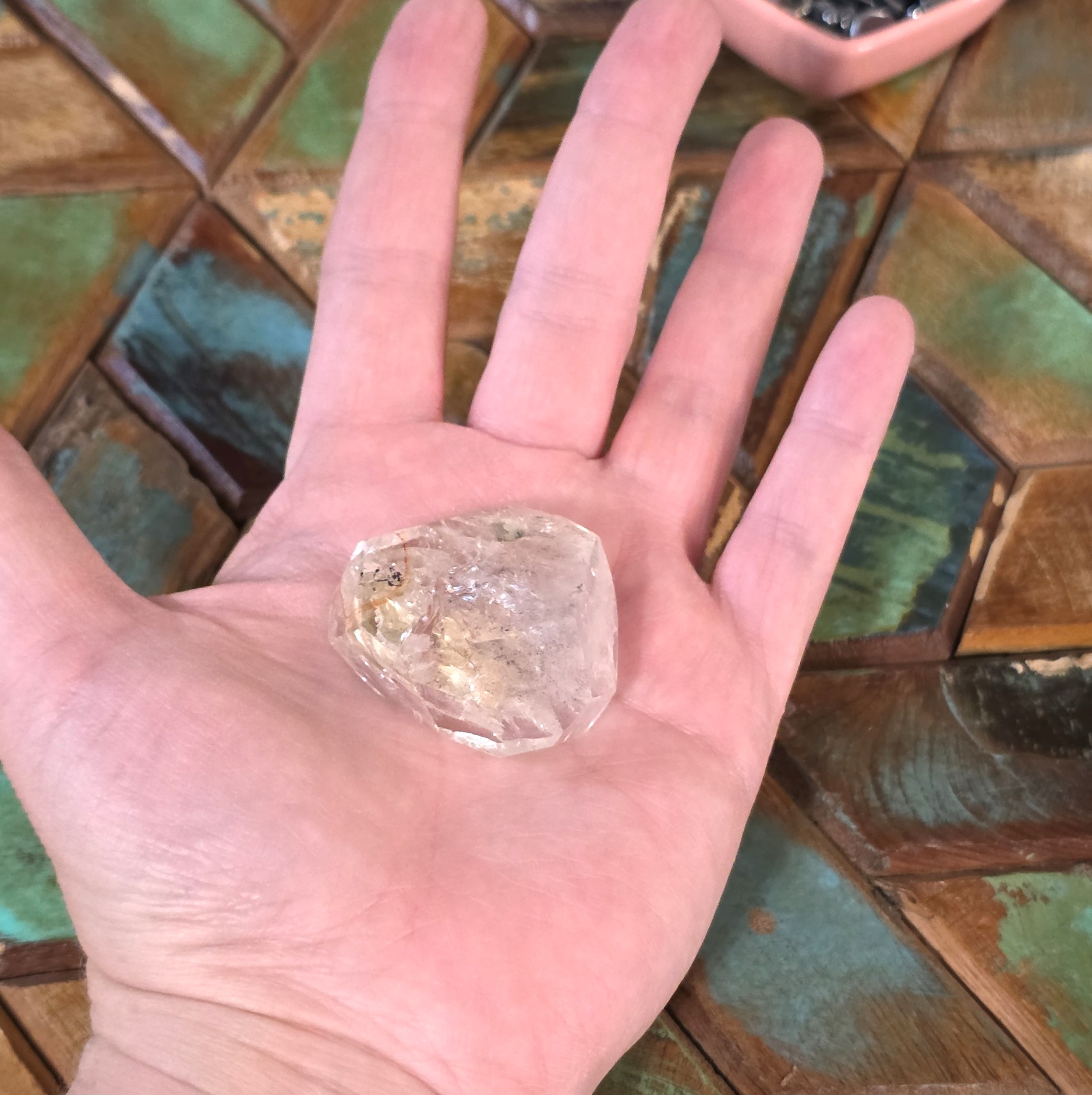
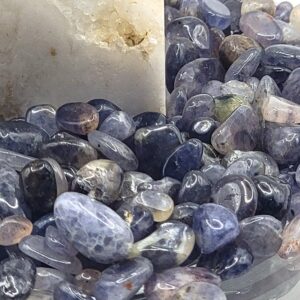
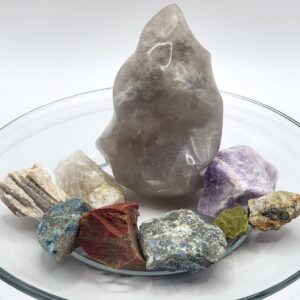
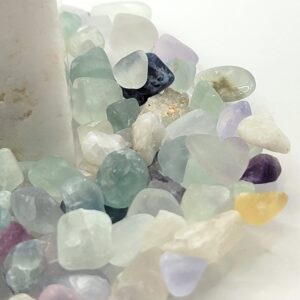
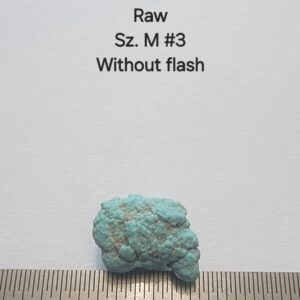
Reviews
There are no reviews yet.